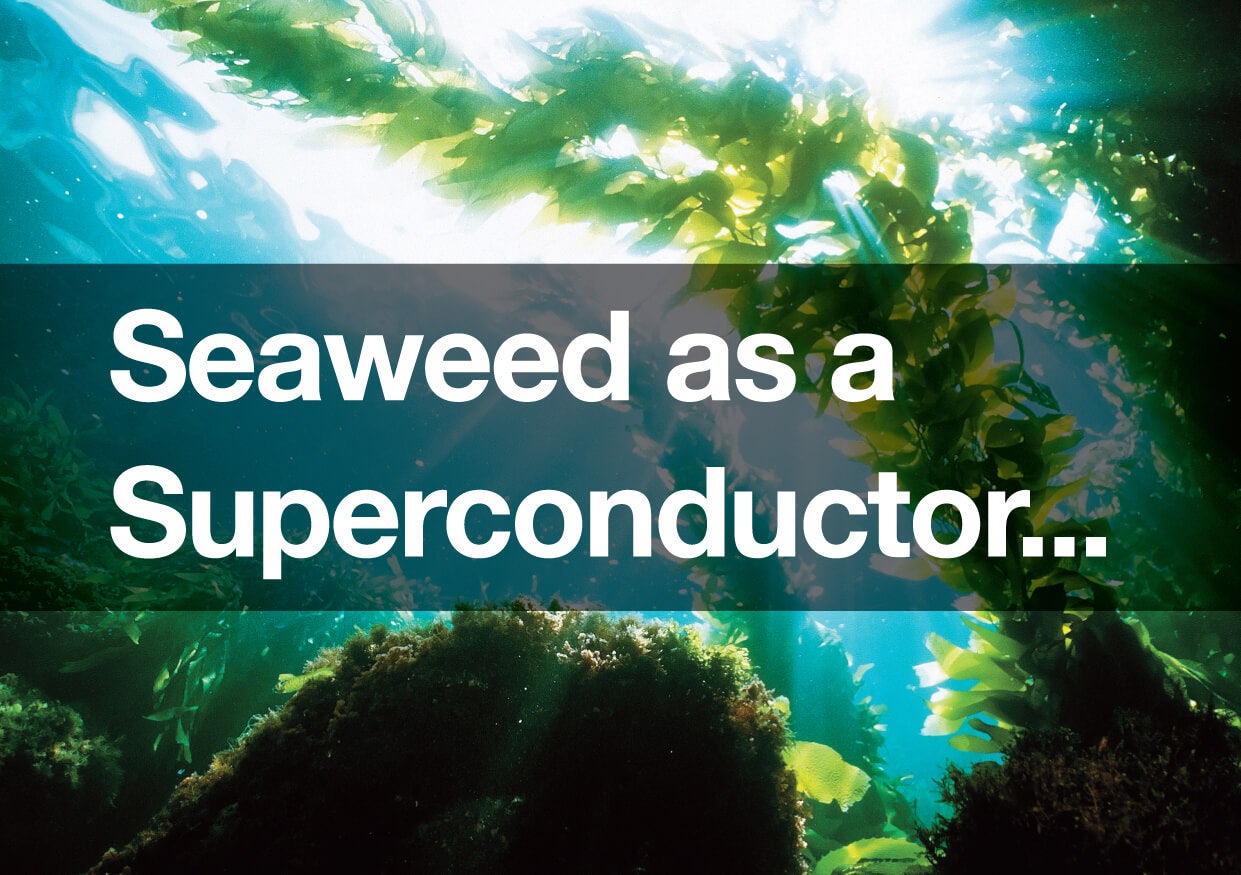Seaweed as a Superconductor
A reoccurring problem with storage-sourced energy is its sustainability. Whilst devices such as batteries and supercapacitors can source their energy from green methods – solar and wind power– it is not always enough to counteract the materials used in producing these devices, which can often be harmful to the environment.
The most commonly used batteries contain graphene to at least some extent. This has recently been proven to be toxic for not only the environment but also human health, which has prompted researchers around the world to research the field for an alternative solution for semiconductors. The answer comes from an unexpected area of science: biosciences, or more specifically marine biology.
Inspired by the versatility of seaweed (it can be used in cooking, fertilisers, animal feed and biomass fuel), Dongjiang Yang and his team from Qingdao University in China took to investigating the various properties of seaweed. Their efforts resulted in a seaweed extract that could be shaped into an “egg box” structure when in its porous carbon nanofiber form. This allows electronic materials such as metal ions like cobalt, copper, iron, and nickel, to be bound around the anionic polysaccharide portion of seaweed. When connected, together they form the functioning nanofiber.
Once the final product was tested, the numbers were more than promising: where the standard graphite can conduct 372 milliampere hours per gram (mAhg-1), the seaweed structure had a reversible capacity of 625 mAhg-1. This level of power would place them in the category of superconductor. The team also found these bounds to exhibit enhanced long-term stability when they were applied to commercial platinum-based catalysts (often used in fuel cells).
Yang is additionally very excited about the renewability of seaweed as a source and says it is one of the reasons he chose to explore this area. Indeed, it can grow to its full size within only six months and can be farmed in the ocean, which means there is no land limit. This also excites Dashboard because water based resources are not the most self-evident solution for power. Breakthroughs like this prove there is more innovation to be found offshore: in our opinion, the seaweed superconductor is a promising sign of this.
